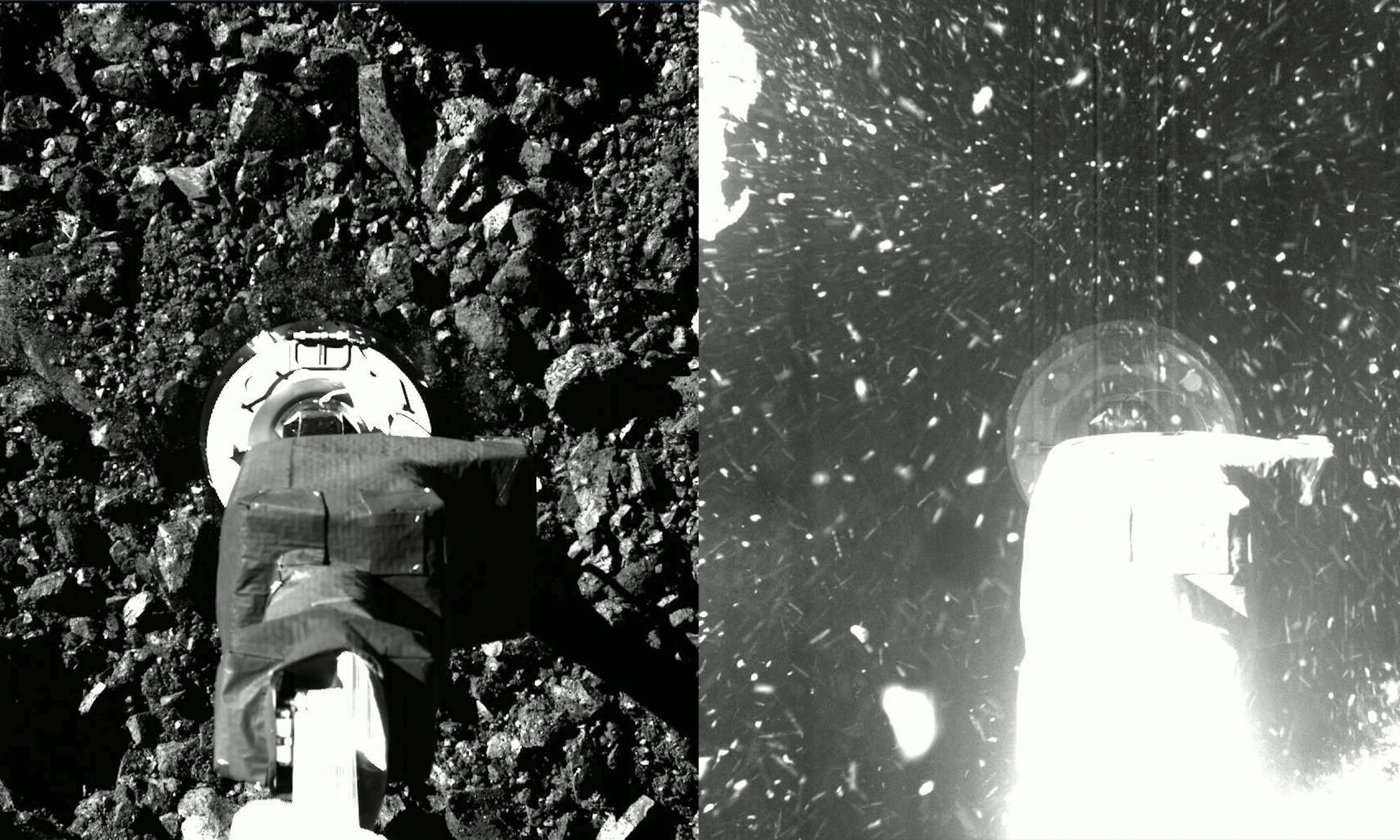Collecting material from an asteroid seems like a simple task. In reality, it isn’t. Low gravity, high rotational speeds, lack of air, and other constraints make collecting material from any asteroid difficult. But that won’t stop engineers from trying. A team from Beijing Spacecrafts and the Guangdong University of Technology recently published a paper that described a novel system for doing so – using an ultrasonic drill and gas “conveyor belt.”
Continue reading “A Combination Drill and Gas Conveyor Could Simplify Asteroid Extraction”Asteroid Ryugu Contained Bonus Comet Particles

On December 5th, 2020, Japan’s Hayabusa2 mission successfully returned samples it had collected from the Near-Earth Asteroid (NEA) 162173 Ryugu home. Since asteroids are basically leftover material from the formation of the Solar System, analysis of these samples will provide insight into what conditions were like back then. In particular, scientists are interested in determining how organic molecules were delivered throughout the Solar System shortly after its formation (ca. 4.6 billion years ago), possibly offering clues as to how (and where) life emerged.
The samples have already provided a wealth of information, including more than 20 amino acids, vitamin B3 (niacine), and interstellar dust. According to a recent study by a team of Earth scientists from Tohoku University, the Ryugu samples also showed evidence of micrometeoroid impacts that left patches of melted glass and minerals. According to their findings, these micrometeoroids likely came from other comets and contained carbonaceous materials similar to primitive organic matter typically found in ancient cometary dust.
Continue reading “Asteroid Ryugu Contained Bonus Comet Particles”Watch OSIRIS-REx Release its Sample Capsule
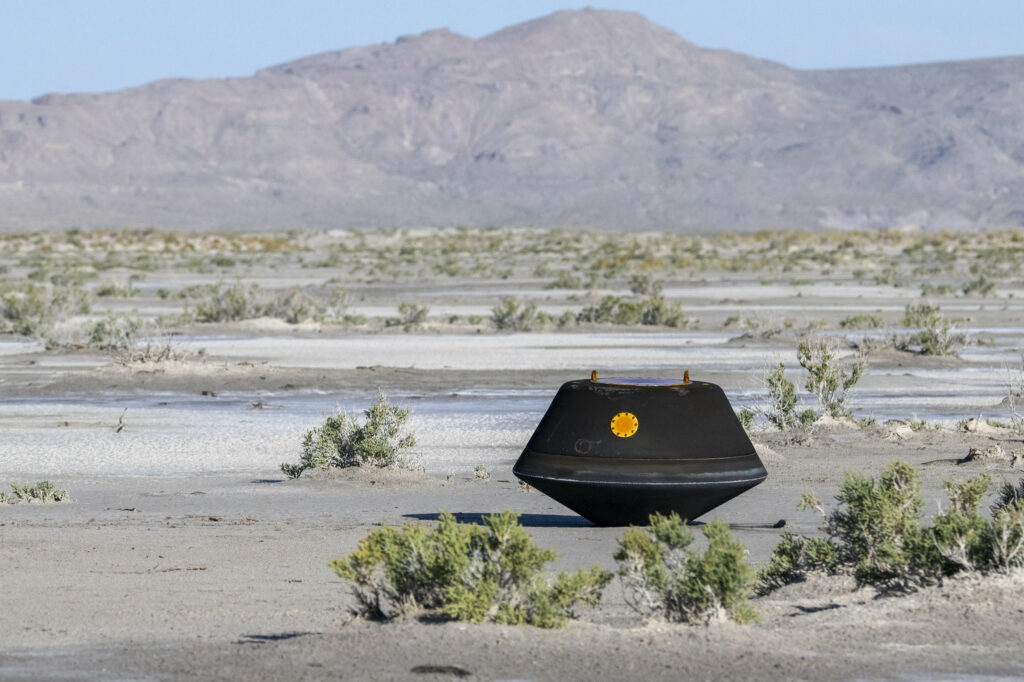
Most of the spacecraft we send out into the Solar System are never meant to return. Time, space, and entropy overtake them, or else they’re purposely sent crashing to their doom at the end of their missions. But not OSIRIS-REx. Its mission was only a success when it returned to Earth with its rare cargo.
Continue reading “Watch OSIRIS-REx Release its Sample Capsule”OSIRIS-REx Would Have Sunk Deep into Asteroid Bennu if it Tried to Land
A pair of studies published in Science and Science Advances have helped identify that NASA’s OSIRIS-REx (Origins, Spectral Interpretation, Resource Identification, Security-Regolith Explorer) spacecraft would have sunk into the asteroid Bennu had the spacecraft not fired its thrusters immediately after collecting samples from the surface of the small planetary body in October 2020. The respective studies examined the loosely packed exterior of Bennu, comparing its surface to stepping into a pit of plastic balls that people of all ages enjoy. The paper in Science was led by Dr. David Lauretta, Principal Investigator of OSIRIS-REx and a Regents Professor at the University of Arizona, and the paper in Science Advances was led by Dr. David Walsh, a member of the OSIRIS-REx team from the Southwest Research Institute in Boulder, Colorado.
Continue reading “OSIRIS-REx Would Have Sunk Deep into Asteroid Bennu if it Tried to Land”Just A Couple Of Weeks From Now, OSIRIS-REx Will Grab A Sample From Bennu

NASA is about to achieve another first for their organization. In about three weeks time, on October 20th, the OSIRIS-REx spacecraft will descend to Bennu’s surface, briefly touch down, and collect a sample from the asteroid. The spacecraft will collect a minimum of 60 grams (2 oz.) of material for return to Earth.
Continue reading “Just A Couple Of Weeks From Now, OSIRIS-REx Will Grab A Sample From Bennu”Hayabusa2’s Mission isn’t Over. It has a New Asteroid Target to Visit: 1998 KY26
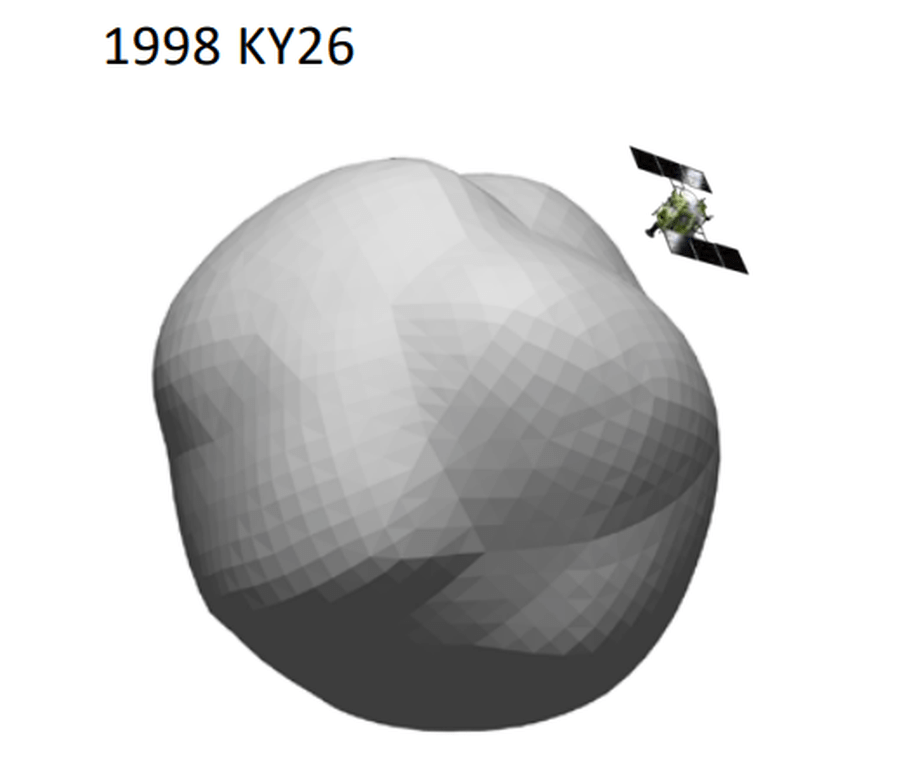
In an expected move, the Japan Aerospace Exploration Agency (JAXA) has announced a mission extension for their Hayabusa2 spacecraft. Hayabusa2 will be sent to rendezvous with another asteroid in a few years time.
It’s target is 1998 KY26, a near-Earth object (NEO) less than a kilometer in diameter. But it’ll take a while and some maneuvering around other objects in the Solar System to reach its goal. JAXA says the spacecraft will arrive at the asteroid in July 2031.
Continue reading “Hayabusa2’s Mission isn’t Over. It has a New Asteroid Target to Visit: 1998 KY26”OSIRIS-REx Will Collect a Sample from Bennu on October 20th

The date is finally set for OSIRIS-REx’s sampling maneuver. The spacecraft has been at asteroid Bennu since the end of December 2018. During that time, it’s found a few surprises, and mapped the surface in great detail.
Now, we can circle October 20th on our calendars, as the date OSIRIS-Rex will collect its sample.
Continue reading “OSIRIS-REx Will Collect a Sample from Bennu on October 20th”OSIRIS-REx Descended Down to Just 75 Meters Above the Surface of Bennu in a Recent Test
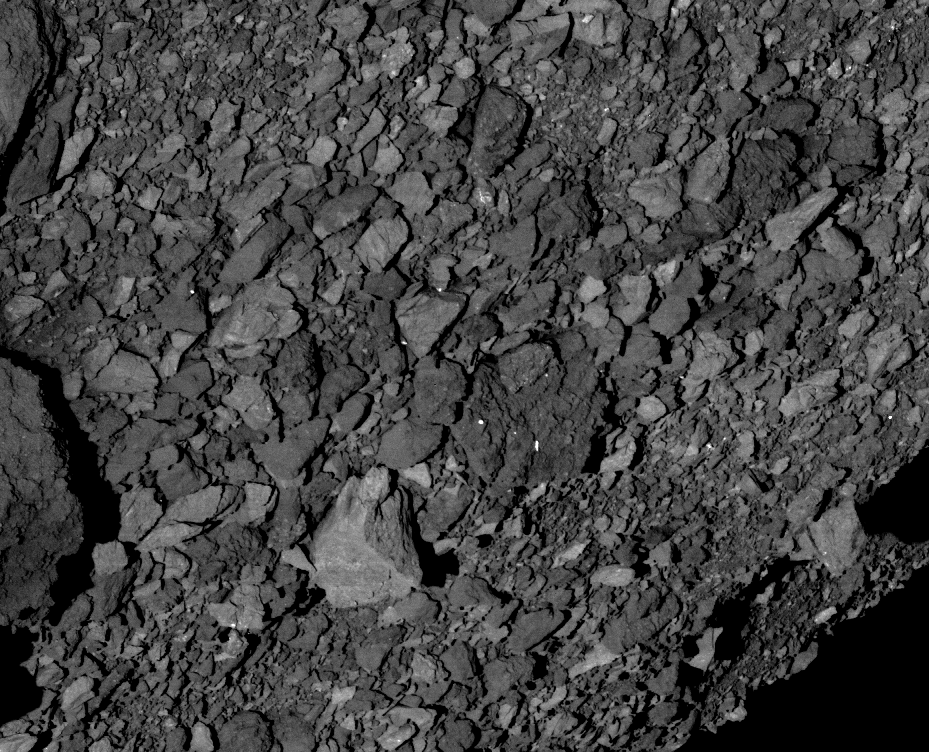
NASA’s OSIRIS-REx spacecraft is getting ready for its big moment. OSIRIS-REx (Origins, Spectral Interpretation, Resource Identification, Security, Regolith Explorer) is at asteroid Bennu, preparing to collect a sample of ancient rock. And collecting that sample means taking step after meticulous step.
Continue reading “OSIRIS-REx Descended Down to Just 75 Meters Above the Surface of Bennu in a Recent Test”OSIRIS-REx did its Closest Flyover Yet, just 250 Meters Above its Sample Site
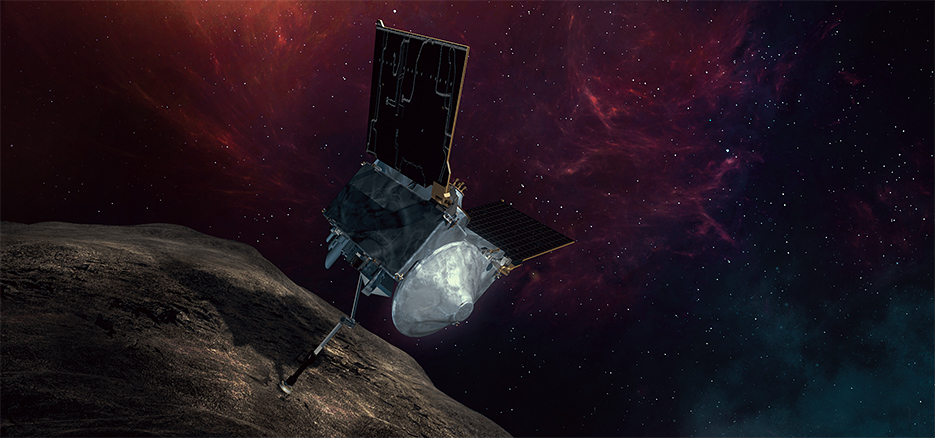
NASA’s OSIRIS-REx is getting closer, physically and temporally, to its primary goal. The spacecraft arrived at Bennu at the end of 2018, and for just over a year it’s been studying the asteroid, searching for a suitable sampling site. To do that, it’s getting closer and closer.
Continue reading “OSIRIS-REx did its Closest Flyover Yet, just 250 Meters Above its Sample Site”Asteroid Ryugu is a “Fragile Rubble Pile”
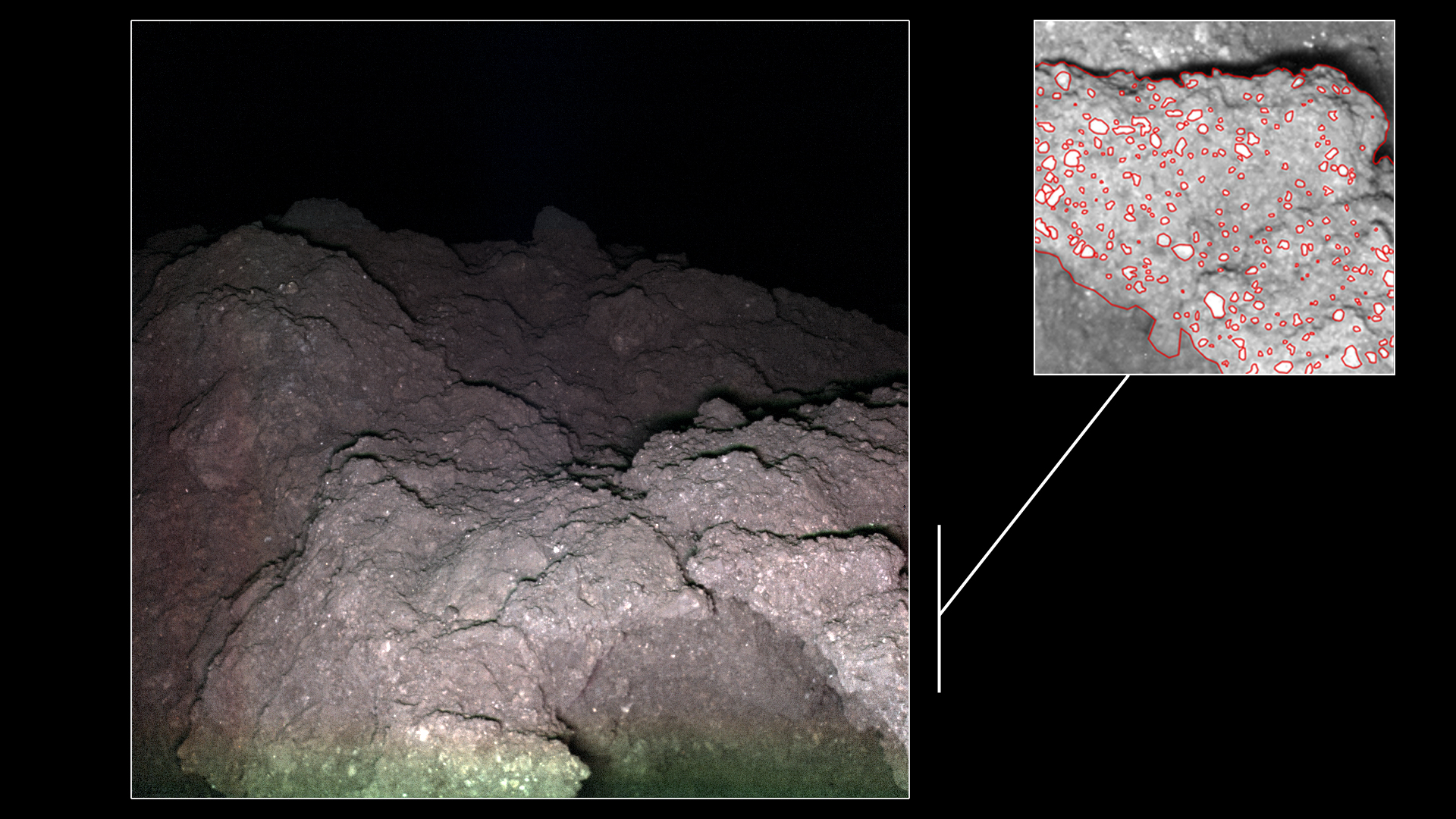
When Japan’s Hayabusa 2 spacecraft arrived at asteroid Ryugu in June 2018, it carried four small rovers with it. Hayabusa 2 is primarily a sample-return mission, but JAXA (Japan Aerospace Exploration Agency) sent rovers along to explore the asteroid’s surface and learn as much as they could from their visit. There’s also no guarantee that the sample return will be successful.
They chose Ryugu because the asteroid is classified as a primitive carbonaceous asteroid. This type of asteroid is a desirable target because it represents the primordial matter that formed the bodies in our Solar System. It’s also pretty close to Earth.
The sample from Ryugu, which will make it to Earth in December 2020, is the big science prize from this mission. Analyzing it in Earth-based laboratories will tell us a lot more than spacecraft instruments can. But the rovers that landed on Ryugu’s surface have already revealed a lot about Ryugu.
Continue reading “Asteroid Ryugu is a “Fragile Rubble Pile””

